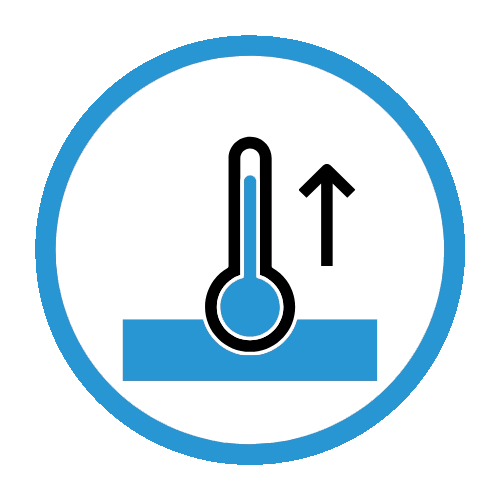
Ground braids for motors and batteries: what you need to know
Ground braids for motors and batteries. Ground braids are essential components in many automotive, industrial and marine applications. Although often overlooked, they play a crucial role in ensuring the safety and performance of motors and batteries. Whether you're a maintenance professional, a car tuner or an individual with a passion for mechanics, this article explains everything you need to know about ground braids What they're used for, their characteristics, how to choose them and how to maintain them.
What is a mass braid?
Ground braids are braided conductors made of tinned copper, aluminum, stainless steel and red copper. They are used to establish a reliable electrical connection between different parts of an installation, ensuring effective grounding. Their main function is to dissipate unwanted currents, protecting equipment and people from electric shock.
Synonyms and related expressions: ground cable, grounding braid, equipotential bonding braid.



What is the purpose of a grounding braid in a motor or battery?
Mass braids perform several essential functions:
- Electrical continuity: they allow electrical currents to return to vehicle or machine ground.
- Safety: they limit the risks associated with leakage currents, overloads and overvoltages
- Electromagnetic compatibility (EMC): reduces electromagnetic interference that could disrupt electronic components
- Vibration absorption: thanks to their flexibility, they protect connections against breakage caused by movement or impact.
Without a mass braiding motors and batteries may show symptoms such as :
- A difficult start
- Intermittent power cuts
- Erratic operation of electronic equipment
The different types of mass braiding
Mass braids are available in several versions to suit different uses:
- Tin-plated copper ground braid better resistance to oxidation, ideal for humid or salty environments (automotive, marine)
- Aluminium ground braid Aluminium braiding: to reduce your energy consumption in the automotive, aviation and transport sectors, and to help your electromagnetically disturbed environments.
- Stainless steel ground braid for resistance to oxidation, corrosion, abrasion and high temperatures
- Red copper ground braid for resistance to torsion and alternating bending, or for mobile contact connections
- Customized ground braid: dimensions, cross-sections and lug types tailored to specific requirements



How to choose the right mass braid?
To select the right mass braidingseveral criteria must be taken into account:
- Braid cross-section: the higher the current to be supported, the larger the cross-section (e.g. 16 mm², 25 mm², 35 mm², 50 mm²).
- Length: braid should be long enough to allow installation without mechanical stress, but not too long to avoid unnecessary tangling.
- Type of material: use tin-plated copper if there is a risk of corrosion.
- Thimble type: choose thimbles adapted to your attachment points (eyelets, tabs, etc.).
- Standards and certifications: make sure the braid complies with current standards (e.g. RoHS, ISO).
How do I install a ground braid?
Installation steps :
- Secure your installation: switch off the power supply before carrying out any work.
- Identify the fixing points: usually between the engine and the chassis, or between the battery and the body.
- Securely fasten the braid with the appropriate lugs and screws.
- Check electrical continuity with a multimeter.
When should you replace a ground braid?
We recommend regularly checking the condition of the ground braidsespecially on older vehicles or those used in harsh environments. Here are the signs of wear:
- Broken or frayed wires
- Visible corrosion
- Poor fastener contact
- Abnormal heating of connections
If in doubt, replace the braid to avoid an electrical fault.
